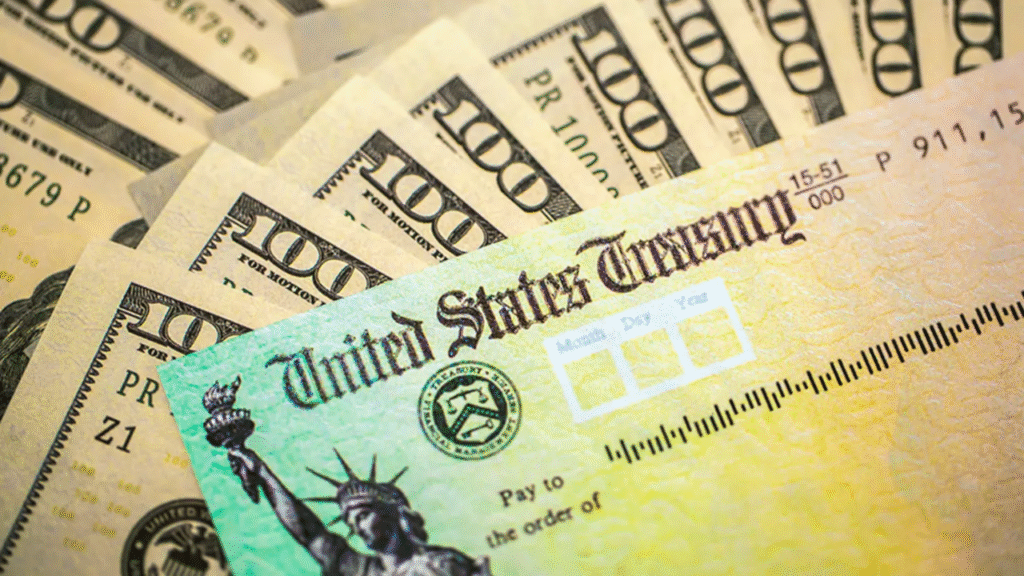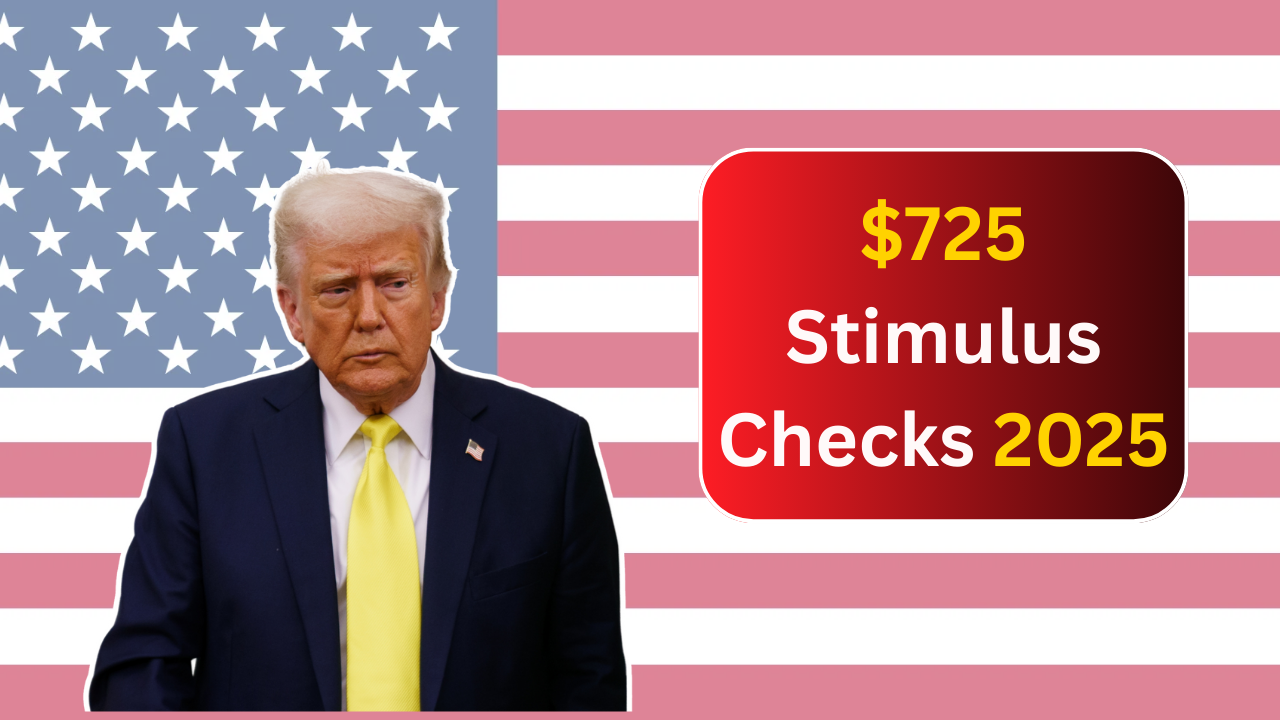In 2025, the discussion around new stimulus checks has once again picked up pace. With the rising inflation and continuing economic pressures, many Americans are looking forward to financial relief from the federal government. There is buzz that a $725 stimulus check might soon make its way to millions of eligible citizens.
But the big question is—Who will get it? When will the payments be made? What are the eligibility criteria? And is this stimulus truly for everyone?
Let’s break down all the essential details in a simple, clear manner for our readers.
What is the $725 Stimulus Check?
The $725 stimulus check is being discussed as a new direct financial assistance program designed to help low to moderate-income families tackle the impact of inflation, rising food prices, and increased utility costs.
While this is not yet an officially announced federal stimulus, several states and local governments have already initiated or proposed such relief checks using leftover COVID-19 federal aid funds or state budget surpluses.
In the past, federal stimulus checks were distributed during the COVID-19 pandemic. Now, many believe 2025 could bring a targeted stimulus, especially for seniors, families with children, and individuals struggling with rising living costs.
Why is There a Need for Stimulus Checks in 2025?
The U.S. economy is showing signs of recovery, but inflation remains a stubborn issue, particularly impacting food, rent, and healthcare expenses. According to recent reports, inflation is expected to hover around 3.2% in 2025, still above the Federal Reserve’s 2% target.
This means that for millions of Americans, their purchasing power is reduced. Wages are not increasing fast enough to match the cost of essential goods. This gap is prompting discussions for direct payments like the $725 checks to ease the financial burden.
Who May Qualify for the $725 Stimulus in 2025?
Based on early proposals and state-level discussions, the following groups are likely to be eligible:
- Individuals earning below $75,000 annually.
- Married couples with a combined income of less than $150,000.
- Heads of households earning under $112,500.
- Seniors receiving Social Security, SSDI, or SSI.
- Families with dependents, especially low-income families.
- Veterans and disabled individuals under certain programs.
However, it’s important to note that eligibility rules might vary from state to state, and federal eligibility criteria are still under discussion.
Which States Are Already Planning or Distributing Similar Payments?

Some states are ahead in this race. Here’s a quick look at states where similar relief checks are either proposed or already being distributed in 2025:
- California: Continuing its Middle Class Tax Refund-like stimulus, sending out payments between $200 and $1,050 depending on income and dependents.
- New Mexico: Offering rebates up to $500 for single filers and $1,000 for joint filers.
- Maine: Proposing $450 winter energy relief payments.
- Illinois: Discussing direct payments of $300 per adult and $100 per child.
These payments are coming from state surplus budgets or leftover federal pandemic aid.
When Can You Expect the Payments?
If the $725 stimulus gets approved federally, payments could begin rolling out as early as mid to late 2025. Based on the past timeline of stimulus checks, direct deposits may take 2-3 weeks post-approval, while mailed paper checks and prepaid debit cards could take up to 6-8 weeks.
For state-level payments, each state has its own timeline. Some states, like California and Maine, are already making payments in phases starting from Spring 2025.
How Will You Receive the $725 Stimulus?
Most payments, if approved, would be distributed via direct deposit to the bank account linked with your IRS tax filing or Social Security account. Others may receive paper checks or prepaid cards via mail.
Make sure to update your banking details, mailing address, and file your tax returns properly to avoid delays.
How to Stay Updated?
With so much information floating around, it’s important to rely on official sources like the IRS website (www.irs.gov), your state’s tax department, or government press releases for authentic information.
You can also check your eligibility using the IRS’s Get My Payment tool if the program gets approved.
Conclusion
While the $725 stimulus check is still under proposal or being managed at the state level, millions are eagerly waiting for a clear confirmation. With the ongoing economic uncertainty and inflation stress, any direct relief can provide much-needed support to struggling families.
However, readers are advised to beware of scams promising early access to stimulus checks. Always refer to verified sources only and do not share sensitive information on untrusted websites.
We will keep you updated with any new announcements regarding the $725 stimulus checks, payment schedules, and eligibility updates for 2025.





